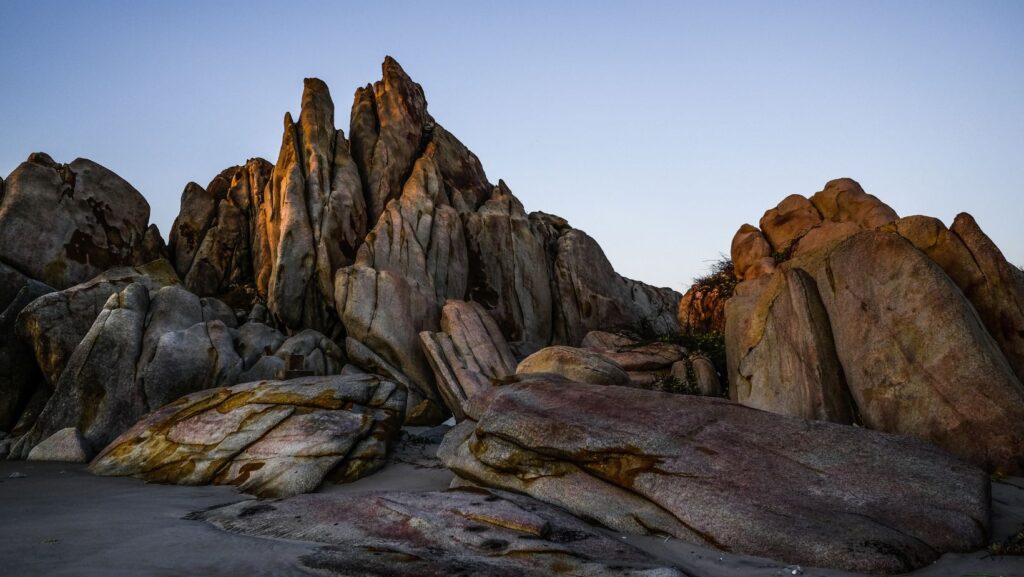Rocks are fascinating. Just think about all of the incredible things that they have seen and experienced during their long history. They have been witness to the rise and fall of civilizations, the ebb and flow of the tides, and the shifting of the seasons. They have been eroded by the wind and the rain, molded by the heat of the sun, and sculpted by the ice. They are the foundation of our planet, and they come in an astonishing variety of shapes and sizes.

But what makes a rock solid? What are the five most solid rocks in the world?
Granite, basalt, sandstone, shale, and limestone are the five most solid rocks in the world. Each one has its own unique properties that contribute to its durability.
Granite is a igneous rock that is formed when magma cools slowly beneath the earth’s surface. It is made up of large crystals that give it a unique grainy texture. Granite is one of the hardest rocks in the world, and it is highly resistant to weathering and erosion. The compressive strength of granite is around 120-280 MPa.
Basalt is a igneous rock that is formed when magma cools rapidly on the earth’s surface. It is made up of smaller crystals than granite, and it has a smoother texture. Basalt is also resistant to weathering and erosion, but it is not as hard as granite. The compressive strength of Basalt is 110-400 MPa.
Sandstone is a sedimentary rock that is formed when sand particles are cemented together by water or other minerals. It is a relatively soft rock, and it is not as resistant to weathering and erosion as granite and basalt. Sandstone is a sedimentary rock composed of sand-sized grains of mineral, rock, or organic material. Its compressive strength generally ranges from 10 to 230 MPa.
Shale is a sedimentary rock that is typically composed of clay or silt-sized particles. It can also contains organic matter and minerals such as quartz and calcite. Shale is originally formed from compacted sediment, and over time, the individual particles can become cemented together. The compressive strength of shale can vary depending on the specific type of shale, but is typically in the range of 20 to 200 MPa.
Limestone is a type of sedimentary rock that forms when calcium-rich materials, such as coral or shells, are deposited in shallow marine environments. Over time, these materials can lithify, or turn into stone. Limestone is a very versatile material and is widely used in a variety of applications, from construction to agriculture. The compressive strength of limestone is about 80-180 MPa.
Of course, there are many other rocks that are harder than those listed, but these are the most common rocks on Earth.